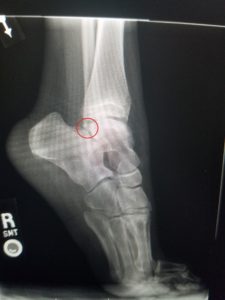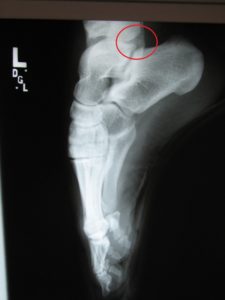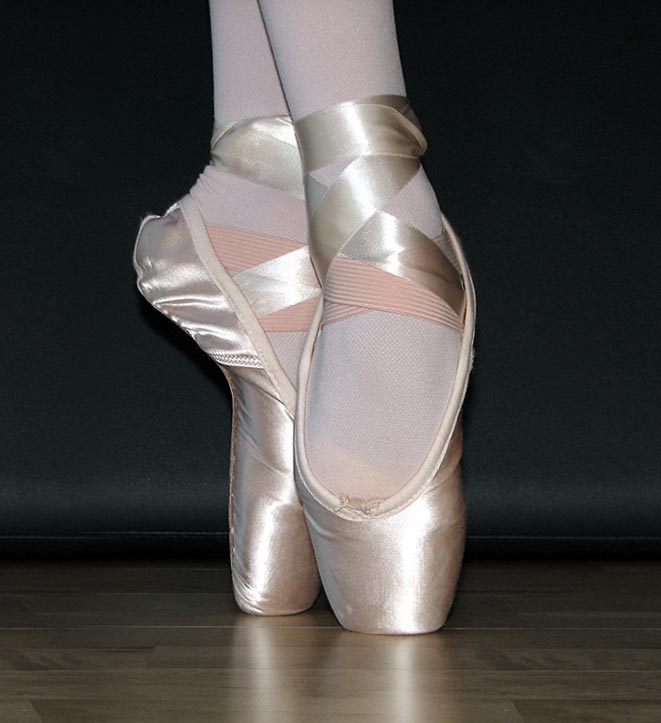Introduction
The most common location for injury in dancers and many other athletes is the foot and ankle. The back of the ankle is a common location for pain that can develop gradually with dance, especially in ballet dancers on pointe. Many dancers assume that this is Achilles tendonitis. However, not all pain behind the ankle is due to Achilles tendon problems. Often, especially in a dancers, and other sports such as soccer and running, this pain can be due to a diagnosis called posterior ankle impingement syndrome.
Symptoms
Symptoms of posterior ankle impingement syndrome, like Achilles tendon problems, include pain behind the ankle. Mild symptoms occur with motions that require pointing (plantarflexion) of the foot and ankle such as rising to relevé, jumping, kicking a ball, or running depending on gait style. Symptoms can progress to hurting with jumping and continue to worsen to the point of having pain with walking.
Causes
To understand the cause, it is important to understand the anatomy of the ankle. The ankle is made of the talus, tibia and fibula. The talus sits above the heel bone (calcaneus). Over the years, I have noticed that the talus bone is like a “fingerprint” of the ankle because the back (posterior portion) of the talus is generally shaped differently in everyone and differs between right and left in most individuals. Some have a bone that juts out towards the back more than others (prominent posterior process of the talus, or Stieda process). Some have a sharp point to the bone and some have a rounded shape. If the bone is large and an athlete does repeated plantarflexion motions as is required of many dance forms, then this syndrome can develop. Also, some people are born without the back portion of the talus fusing during growth giving the appearance of an extra bone behind the ankle. This is called an os trigonum. When the ankle is in a plantarflexed position, either the back of the talus bone or an os trigonum gets pinched between the tibia and calcaneus and causes irritation and inflammation of the soft tissue in the back of the ankle leading to this syndrome. Stress fractures can also develop in posterior talus and/or os trigonum.


Treatment
The treatment of posterior ankle impingement syndrome varies. It is always best to consult a sports medicine physician or dance medicine physician for dancers to get an accurate diagnosis because there are many causes for pain in the back of the ankle. Imaging including special views for dancers are used.

